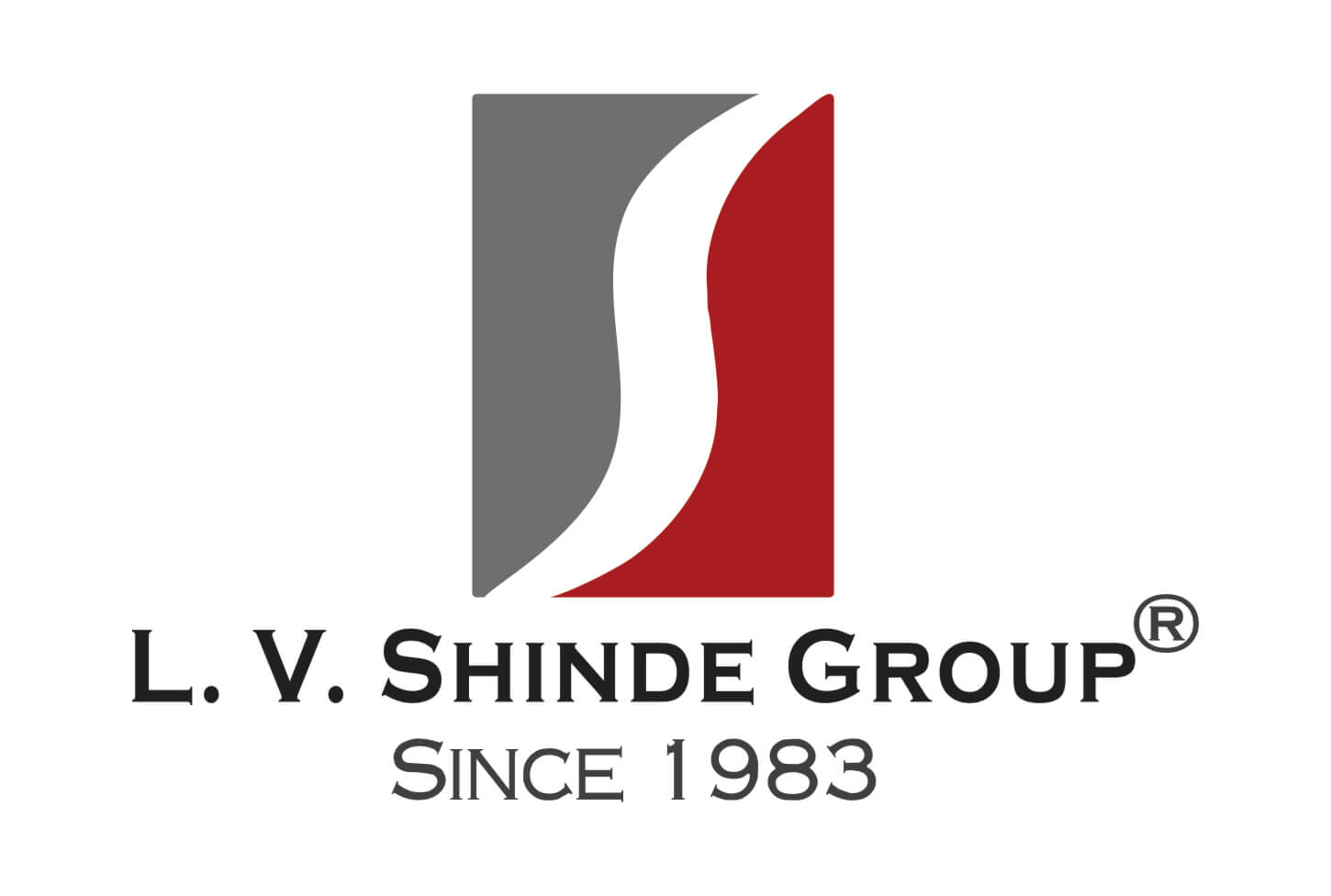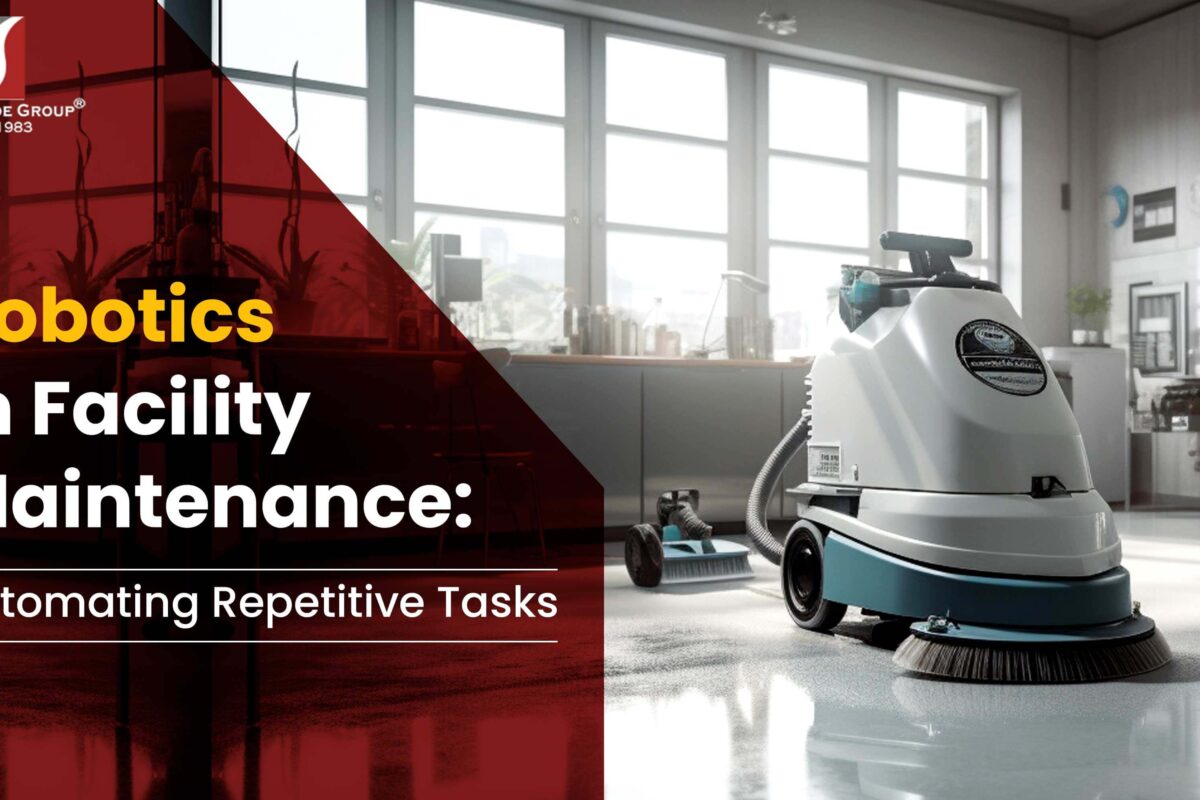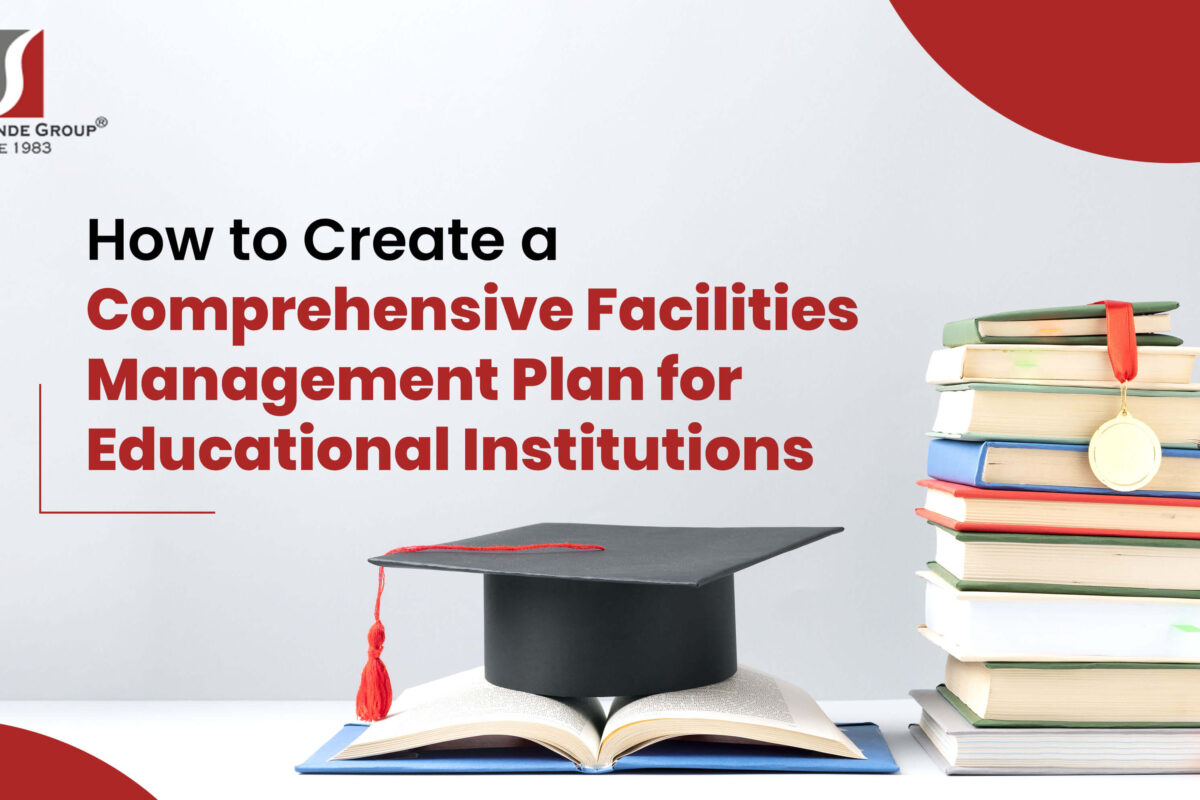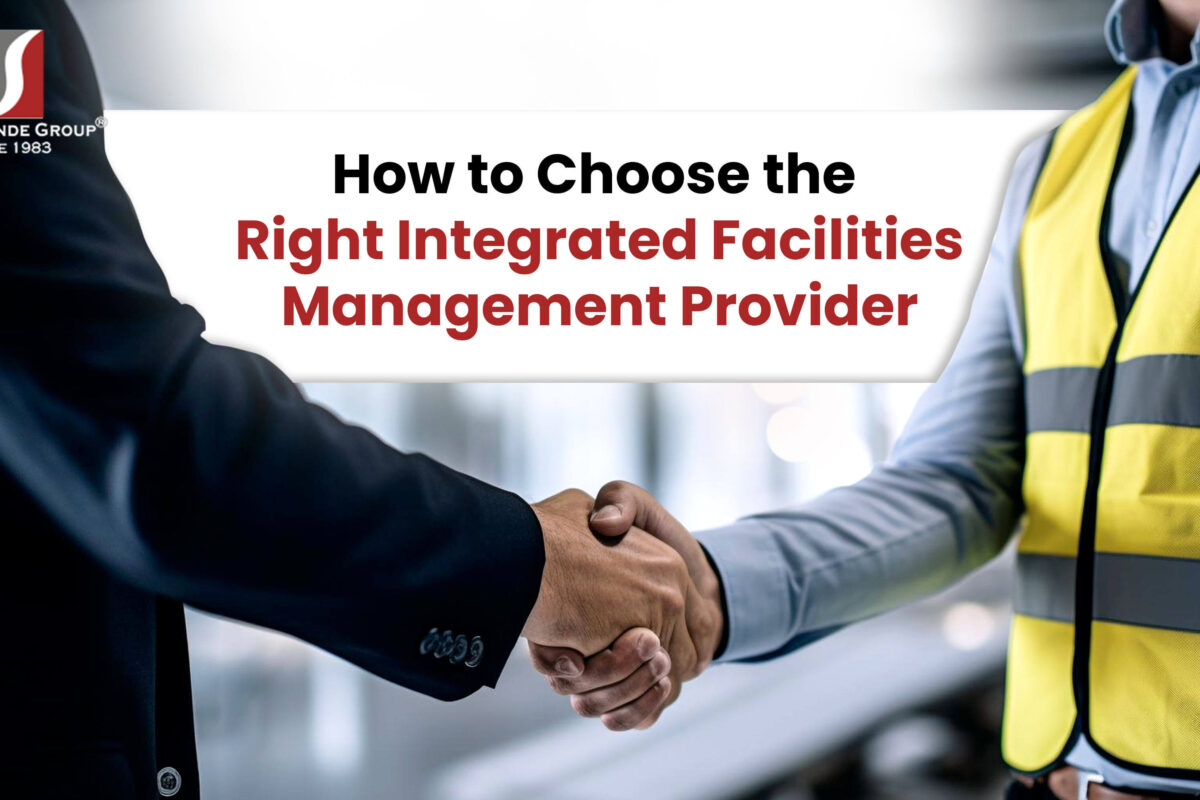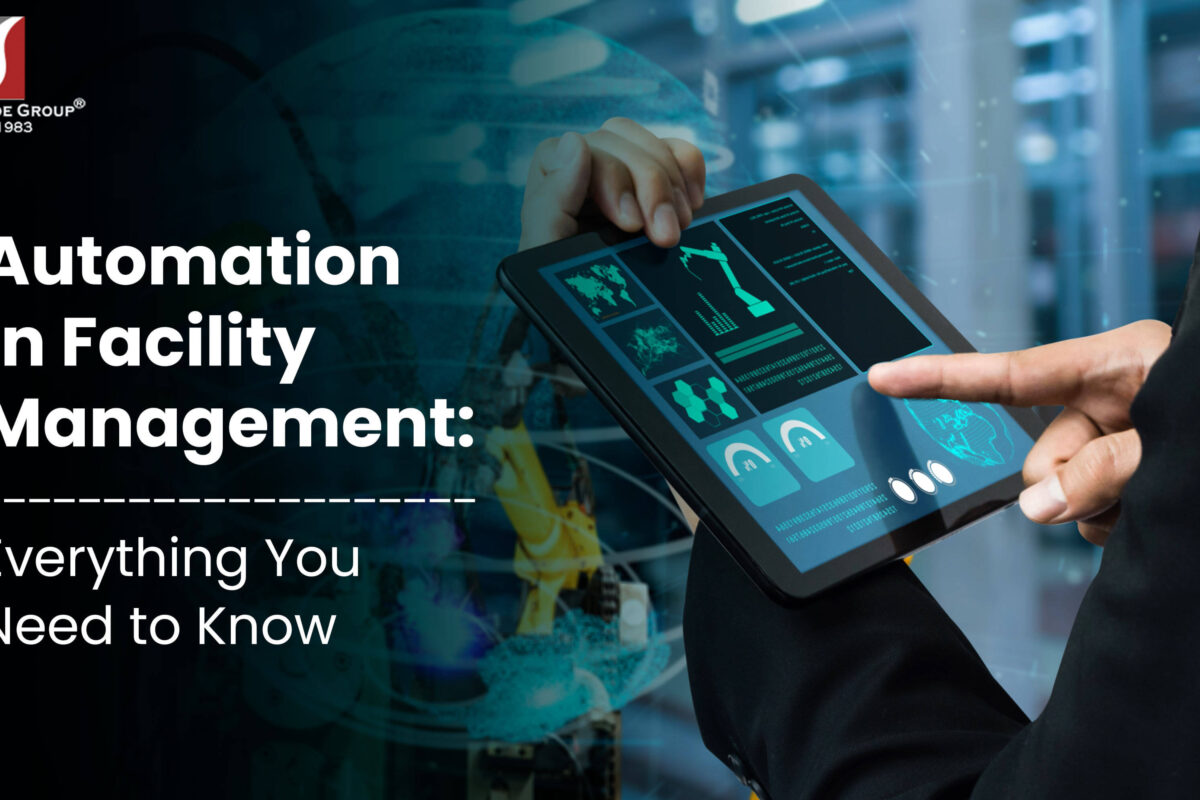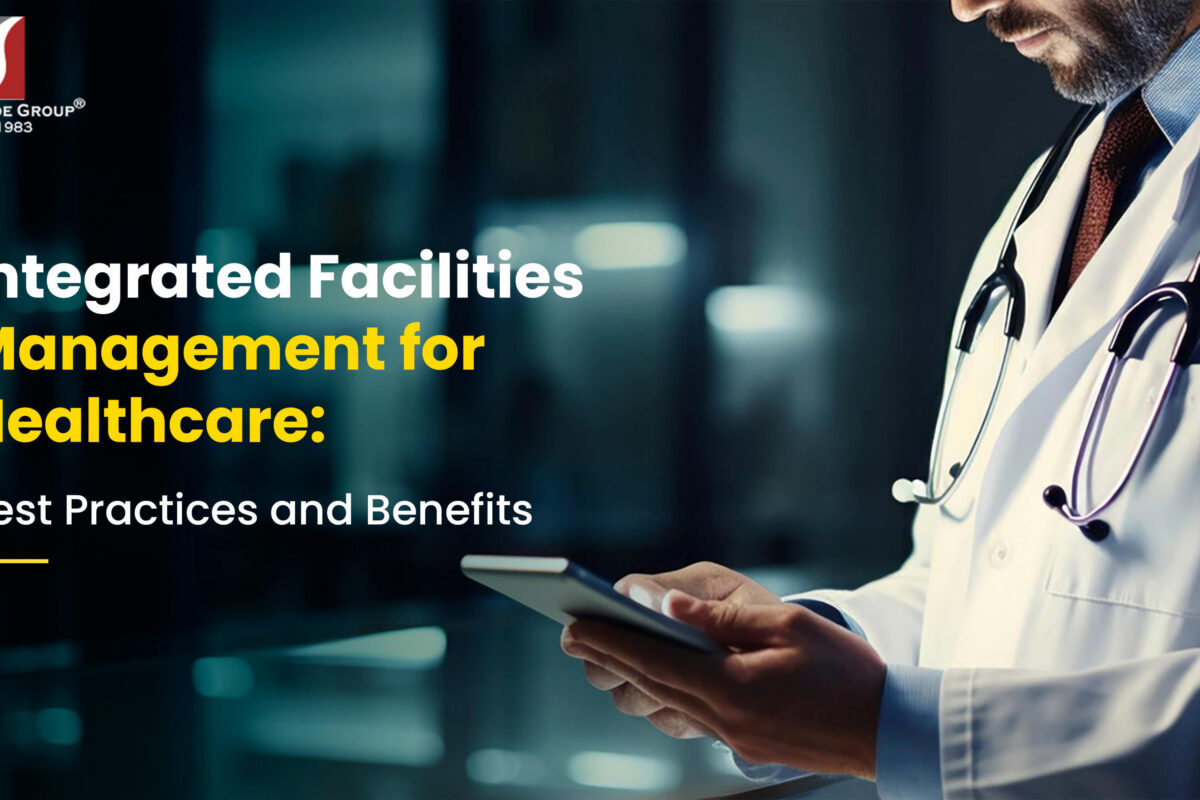Robotics in Facility Maintenance: Automating Repetitive Tasks
The Role of Robotics in Facility Maintenance
In today’s fast-paced world, facility maintenance plays a crucial role in ensuring the smooth operation of various industries. However, the repetitive nature of many maintenance tasks can be time-consuming and labor-intensive.
By automating repetitive tasks, robotics technology revolutionizes facility maintenance, making it more efficient and cost-effective.
Key Benefits of Using Robotics in Facility Maintenance
Implementing robotics in facility maintenance offers numerous benefits that can significantly improve operations. Some key benefits include:
- Increased Efficiency: Robots can perform tasks with precision and speed, reducing the time required for maintenance activities.
- Cost Savings: By automating repetitive tasks, facilities can reduce labour costs and allocate resources more effectively.
- Improved Safety: Robots can handle hazardous tasks, minimizing the risk of accidents and injuries to human workers.
- Enhanced Productivity: With robots performing repetitive tasks, human workers can focus on more complex and strategic maintenance activities.
- Consistent Quality: Robots consistently perform tasks with accuracy, ensuring high-quality maintenance outcomes.
- Extended Operating Hours: Robots can work around the clock, allowing for continuous maintenance without the need for human intervention.
Common Repetitive Tasks in Facility Maintenance
Facility maintenance involves a wide range of repetitive tasks. Some common examples include:
- Cleaning Activities: Robots equipped with various cleaning tools can efficiently do the allocated cleaning jobs.
- Inspection and Monitoring: Robots can be programmed to inspect equipment, identify potential issues, and collect data for analysis.
- Painting and Coating: Robotic systems can automate the painting and coating process, ensuring uniform application and reducing human error.
- Inventory Management: Robots can assist in inventory tracking, stock replenishment, and organizing supplies.
Types of Robotics in Facility Maintenance
There are various types of robotics used in facility maintenance, each designed for specific tasks. Some common types include:
- Autonomous Mobile Robots (AMRs): These robots can navigate autonomously and perform tasks such as cleaning, inspection, and inventory management.
- Drones: Drones equipped with cameras and sensors can be used for aerial inspections of large facilities or hard-to-reach areas.
- Robotic Arms: Robotic arms are versatile tools that can be programmed to perform tasks such as painting, repairs, and assembly.
- Telepresence Robots: These robots enable remote monitoring and communication, allowing experts to provide guidance and support from a distance.
Tips for Implementing Robotics in Facility Maintenance
To successfully implement robotics in facility maintenance, consider the following tips:
- Conduct a thorough needs assessment to identify the tasks that can be automated and the areas where robotics can bring the most value.
- Start with pilot projects to test the feasibility and effectiveness of robotics in specific maintenance tasks.
- Involve employees in the implementation process by providing training and opportunities for collaboration with robotic systems.
- Collaborate with robotics experts and vendors to ensure the selection of the right technology and equipment for your facility’s needs.
- Stay updated with the latest advancements in robotics technology and explore opportunities for continuous improvement.
Strategies to Mitigate Challenges and Ensure Success:
- Workforce Transition: Provide training and upskilling opportunities to employees to ensure a smooth transition and minimize job displacement.
- Maintenance and Support: Establish a comprehensive maintenance and support system to address technical issues promptly and minimize downtime.
- Cybersecurity Measures: Implement robust cybersecurity measures to protect sensitive data and prevent unauthorized access.
- Collaboration with Experts: Collaborate with robotics experts and consultants to ensure a seamless integration of robotics technology.
- Regular Evaluation and Improvement: Continuously evaluate the performance of robotics systems and identify areas for improvement.
Future Trends in Facility Maintenance Robotics
The future of facility maintenance robotics holds exciting possibilities. Some future trends to watch out for include:
- Artificial Intelligence Integration: Robotics systems will become smarter and more autonomous, leveraging AI algorithms for decision-making and problem-solving.
- Collaborative Robots: Collaborative robots, also known as cobots, will work alongside human workers, enhancing productivity and safety.
- Advanced Sensors and Analytics: Robotics systems will be equipped with advanced sensors and analytics capabilities, enabling predictive maintenance and real-time monitoring.
- Cloud Connectivity: Robotics systems will leverage cloud connectivity for data storage, analysis, and remote monitoring.
- Modular and Flexible Robotics: Modular robotics systems will allow for easy customization and reconfiguration to adapt to changing maintenance needs.
Conclusion
In conclusion, robotics technology has the potential to revolutionize facility maintenance by automating repetitive tasks, increasing efficiency, improving safety, and enhancing overall productivity. While there are challenges to overcome, the benefits of implementing robotics in facility maintenance far outweigh the risks. By embracing robotics, facilities can elevate efficiency, streamline processes, and ensure a more sustainable future for maintenance operations.
Elevate Efficiency: Embrace Robotics for Facility Maintenance with Supreme Facility Management!
At Supreme Facility Management, we understand the importance of optimizing facility maintenance operations. Our comprehensive supply chain solutions are designed to optimize your logistics, streamline processes, and enhance your overall productivity, allowing you to focus on what truly matters – growing your business. Our team of experienced professionals works closely with you to analyze your current processes, identify bottlenecks, and design strategies that optimize efficiency and reduce costs. By embracing robotics for facility maintenance, you can elevate efficiency and take your maintenance operations to the next level. Contact us today to learn more about how we can help you embrace the power of robotics in facility maintenance.
